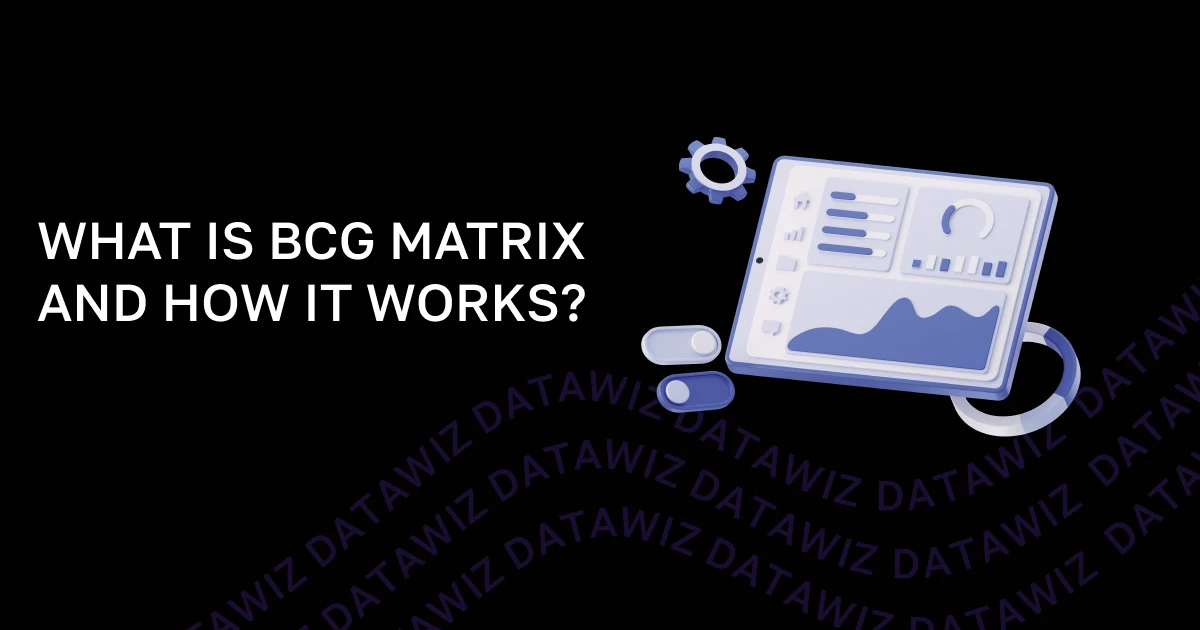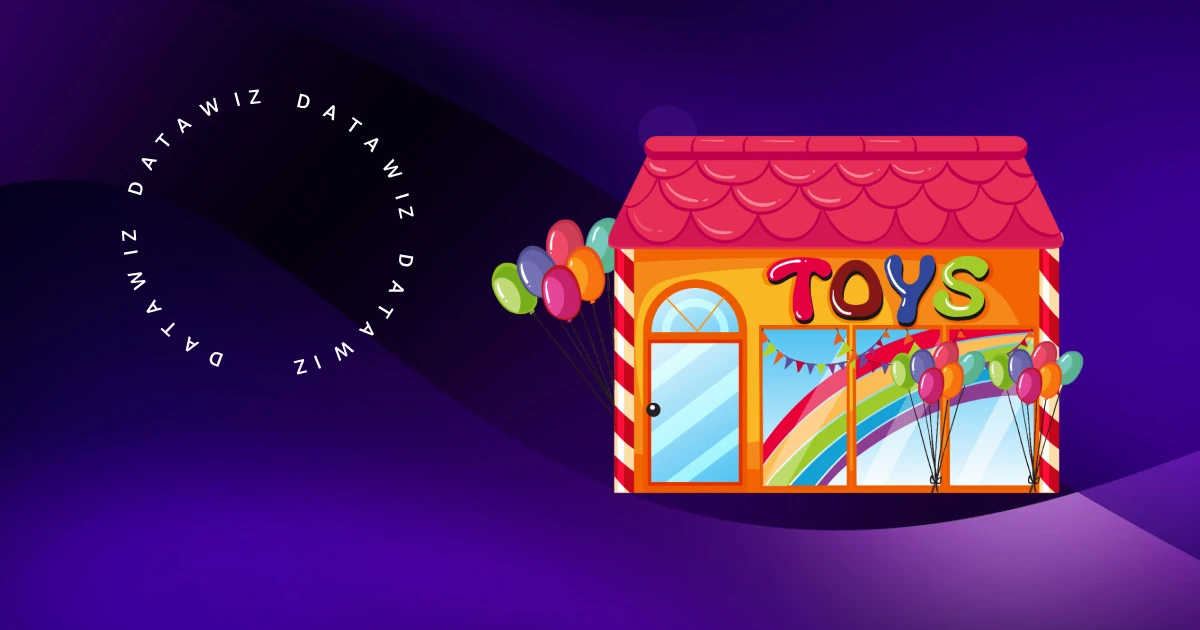What is the BCG Matrix and How Does it Work?
The BCG matrix (Boston Consulting Group) is one of the most popular strategic management tools used to analyze product assortment, allocate resources and identify promising business directions. In retail, the BCG matrix plays a key role in increasing the profitability of the business through competent management of product categories and investments.
BCG's methodology is based on two key indicators:
- Market Growth Rate - an indicator that reflects the dynamics of demand and indicates the prospectivity of a segment.
- Market share is a measure of the competitiveness of a particular product or product group.
Based on these criteria, goods are categorized into four categories:
- Stars- leading goods with high market share and rapid growth in demand. They generate large profits but require serious investment.
- Cash cows - stable bestsellers with high market share but low growth rate. These products provide maximum returns without significant investment.
- Question Marks (Difficult Children) - products with growth potential but still with a small market share.
- Dogs- products with low demand and small market share that require a strategy review. They are usually removed from the assortment, minimizing residuals.
How Does the BCG Matrix Affect Revenue Growth in Retail?
Using BCG analysis in retail helps:
- Optimize the assortment by getting rid of unprofitable SKUs (stock-keeping units).
- Reduce operating costs by eliminatinginefficient positions.
- Increase the share of promising products through proper budget reallocation.
- Developmarketing promotion strategiesfor different product groups.
The BCG matrix also allows for more effective pricing policy. For example, “Cash Cows” allow for higher margins, while for “Stars” you can temporarily reduce the price to increase market share faster.
Proper allocation of resources between categories can increase profitability and minimize risk.
Examples of Using the BCG Matrix in Retailing
1. Working with “Stars”
A retailer must actively invest in promoting and expanding the range of these products to ensure that they continue to dominate the market. For example, in the electronics category, popular smartphone models are regularly updated and their support ensures a steady stream of revenue.
2. Supporting Cash Cows
These goods do not require significant investment, but bring a stable income. They are the backbone of the retail business. For example, basic models of home appliances or everyday products such as bread and milk are always in demand.
3. Development of Question Marks
Products from this category can become “Stars” if they are promoted properly. They can be new trend products, such as plant-based meats or eco-products. However, if the investment does not pay off, these products can become “Dogs”.
4. Optimizing “Dogs”
Products with low popularity and margins are either removed from sales or used for cross-selling. For example, if a certain brand of chocolate is not in demand, it can be offered in combination with coffee.
BCG Matrix in Business Analytics for Retailing
Retail today relies on analytical data, and BCG matrix analysis is one of the tools to inform strategic decisions. That's why analytics platforms like Datawiz help automate the process of building a BCG matrix. This service allows you to:
- Automate sales analysis and product allocation by quadrants.
- Customize parameters for building a BCG matrix.
- Receive detailed reports and forecasts.
- Flexibleassortment managementbased on dynamic data.
Using the BCG matrix in conjunction with business intelligence helps retailers adapt their assortments in a timely manner to improve competitiveness.
The BCG Matrix: an Explanation for Retail Strategy
An assortment management strategy based on the BCG matrix consists of these steps:
- Analyze the current assortment, carry out the construction of the BCG matrix and categorize the goods into four categories.
- Define a strategy for each product group:
- Increase investment in “Stars”.
- Maintaining the “Cash Cows” with minimal investment.
- Deciding to develop or abandon “Question Marks”.
- Minimizing residuals and eliminating “Dogs”.
- Reallocate budget and marketing resources depending on analysis.
- Track dynamics and adjust strategy based on changes in the market.
The BCG method in retail allows you to increase business profitability, reduce costs and make assortment management more conscious. This tool is especially effective when supported by analytical solutions such asDatawiz, which help retailers quickly adapt to market changes and make the right management decisions. By incorporating BCG analysis into your strategy, you can significantly improve business performance and generate sustainable revenue growth.
 Co nowego?
Co nowego?





 Nie potrzebna karta bankowa!
Nie potrzebna karta bankowa!